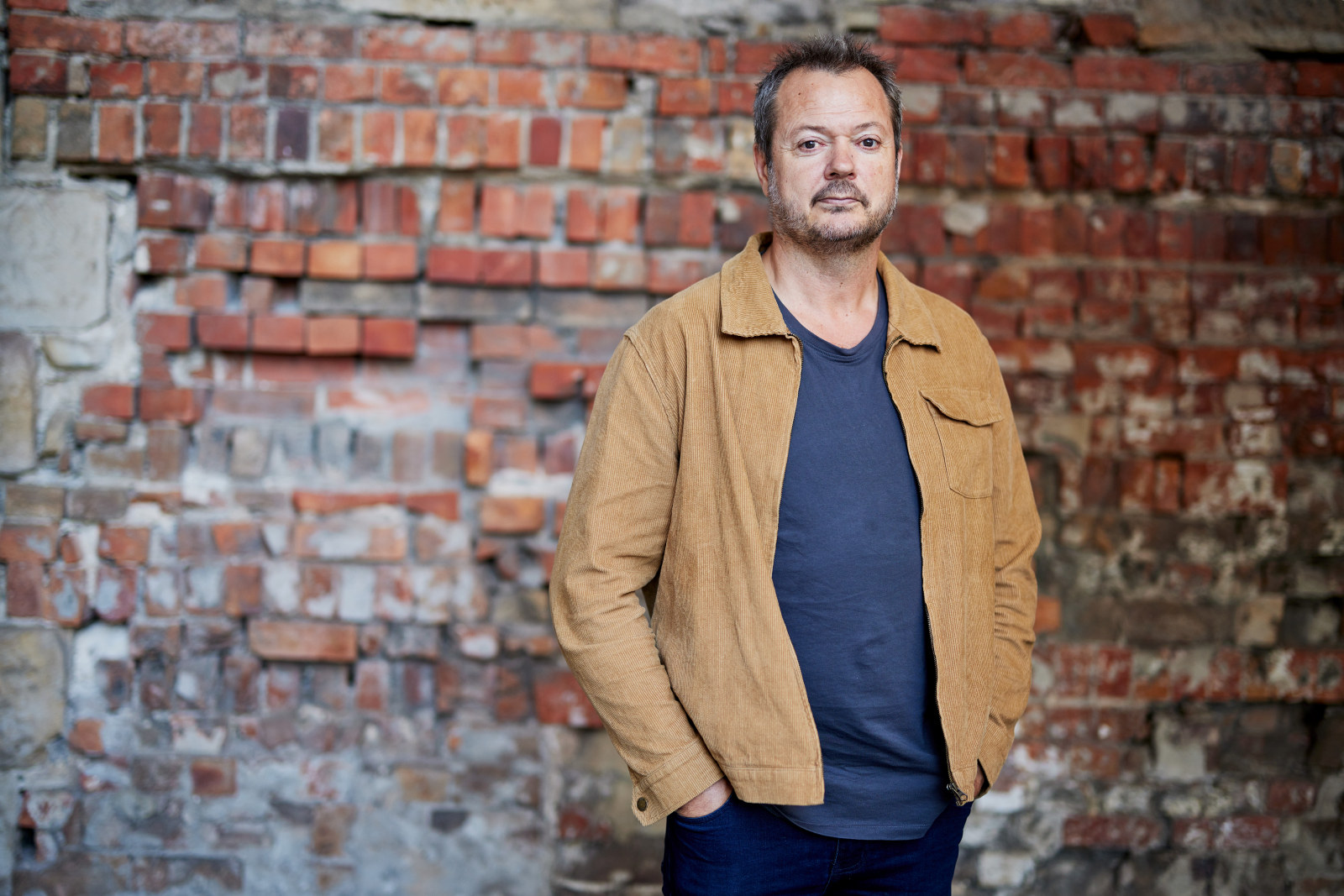An alternate world: Q&A with Daniel Crooks
Ambiguous, disorientating and beguiling, Daniel Crooks’s ambitious video installation brings together new technology and complex post-production processes to create a compelling visual experience that subverts our understanding of time.
Presented on a custom NEC screen set into the courtyard of the Hyde Park Barracks, this year’s art commission, Boundary Conditions by Melbourne-based artist Daniel Crooks, weaves together disparate spaces and non-linear time to present an alternate world. Using specially captured footage of Museum of History NSWs' historic sites, the work juxtaposes the past and the present, the virtual and the real, inviting viewers to reconsider their understanding of history and reality, and in turn the site of the Hyde Park Barracks itself.
The site-specific annual art commission at the Hyde Park Barracks launched in 2020 with the powerful installation untitled (maraong manaóuwi) by Wiradjuri/ Kamilaroi artist Jonathan Jones, followed in 2021 by a thicket of signposts bearing individual stories in Who goes here? by Fiona Hall.
We spoke to Daniel about this year’s installation and the evolution of his practice.
Q: What can people expect when they visit Boundary Conditions at the Hyde Park Barracks?
A: A huge yet ultra-minimal glowing monolith will be situated in – almost incised into – the courtyard of the amazing UNESCO-listed heritage site.
I really like the idea that this object has just landed in the courtyard, like some kind of spaceship or a portal or doorway to somewhere else that’s just been inserted into the world.
It’s also going to be really big, so clearly visible over the Barracks walls, and I’m hoping it will be an intriguing and alluring prospect that will draw people in. That also speaks to the content of the work, which explores the idea of boundaries – between time and place, between contemporary and heritage. That’s probably the most exciting element of the site-specificity of the work.
Q: Your pieces examine concepts of time and reality in a very engaging way. What do you think makes your work so compelling?
A: I discovered quite early on when making work that plays with time that you need to have a thread back to the familiar. Often what I’m trying to do is to look at time from the side, as opposed to ‘head-on’, or the linear way we’re used to experiencing it. When I first started experimenting with many of the techniques I use today, I was pretty wild, trying anything and everything, but I found that while it was interesting to me – because I knew exactly what was going on – for a viewer who wasn’t aware of the underlying mechanics, it could just look trippy and psychedelic. Whereas if you can maintain a link back to the familiar or the everyday then it really connects. That thread – even if it’s quite thin or tenuous – gives the audience a clue, a way in to that shifted perspective. And that’s when you can really start to destabilise or disrupt a viewer’s internal model of the world.
Q: So much work goes into creating your pieces, from building a customised rig to capture imagery to the time-intensive post-production work required to make each spatial transition seamless. How did your process evolve?
A: I’m originally from New Zealand and I moved to Melbourne in 1994 to study animation. This was before films like Toy story had shifted people’s understanding of what animation could be, and many still associated animation with Mickey Mouse cartoons.
The stop-motion animated film I created to graduate was seven and a half minutes long and it took me seven and a half months to make. So it was a month’s work for each minute of finished film. Some days you’d only shoot two seconds of footage. It wears you down and is insanely tedious to do, just hours and hours and hours of incredibly repetitive work.
People sometimes describe how I work, with video software, as a kind of ‘digital wizardry’, but actually very few of the processes are inherently digital. You could do it on 35mm film if you had a scalpel, sticky tape and a lot of time.
Q: What aspect of working with SLM on this project have you particularly enjoyed?
A: It’s been fascinating for me, as a relatively recent arrival to Australia, to get a bit more in touch with Australian history. It’s been a valuable experience just delving into the SLM sites, trying to get to know them a little better and learning about the history of those places, and then trying to juxtapose that with our contemporary experience.
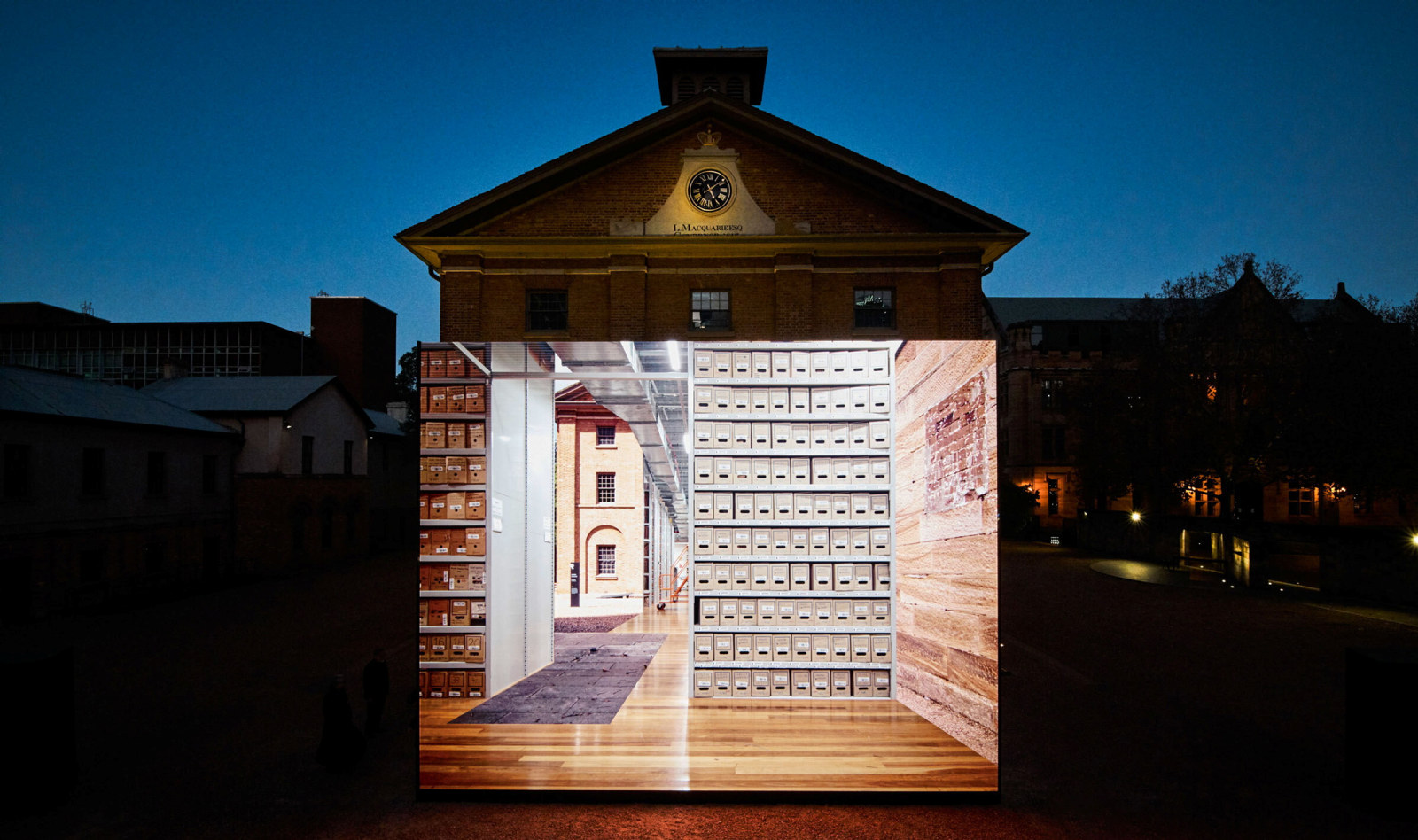
Past exhibition
Boundary Conditions
An ambitious new video work from artist Daniel Crooks that seamlessly weaves together an alternate world of disparate spaces and non-linear time
Published on
Related
![Government Printing Office; NRS 4481, Glass negatives. NRS-4481-4-44-[AF00194836] Immigration Barracks Sydney, August 1871 [Department of Public Works]](https://images.mhnsw.au/fotoweb/embed/2024/03/b437216ff79d433da2d3b92c8bb24e51.jpg)
Conservation
Conservation in action: Hyde Park Barracks northern range refurbishment works
In collaboration with experienced heritage consultants and traditional tradespeople, MHNSW is undertaking conservation works to the northern range buildings
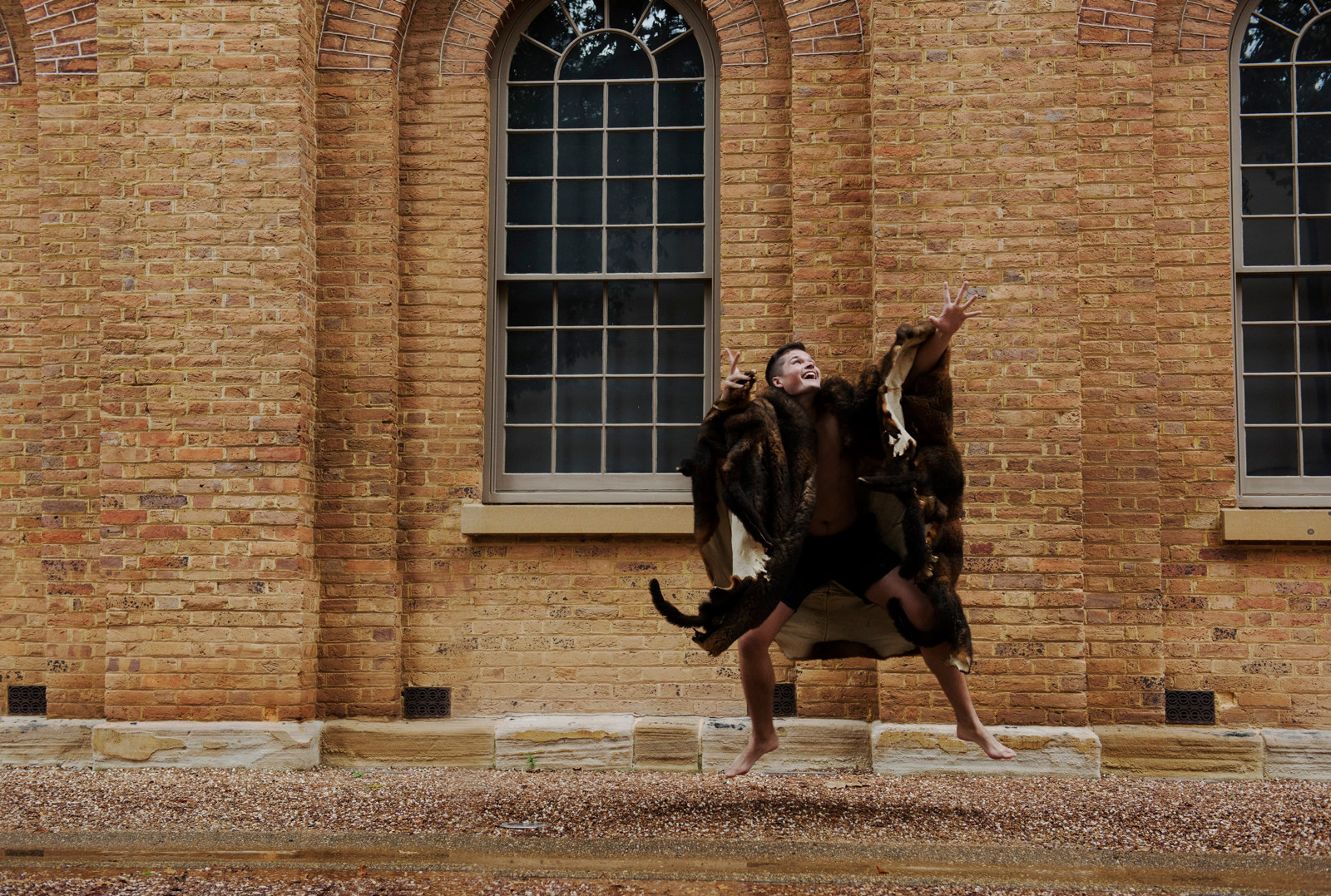
Cutter and Coota: a children’s play by Bruce Pascoe
Meet author and historian Bruce Pascoe and the main characters from his play Cutter and Coota as they reflect on the play’s themes and the experience of performing at the Hyde Park Barracks
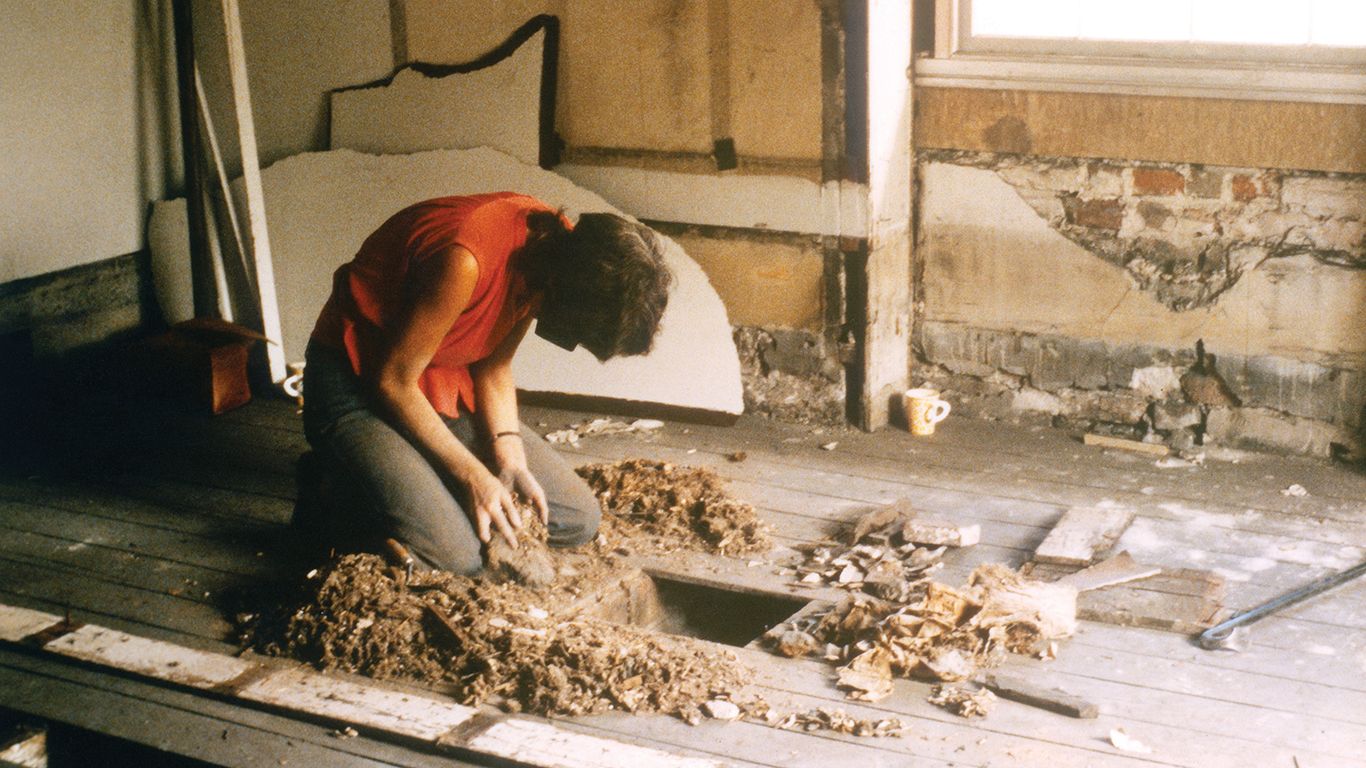
Hyde Park Barracks: a keeper of lost things
Uncover and explore some of the items found inside the barracks
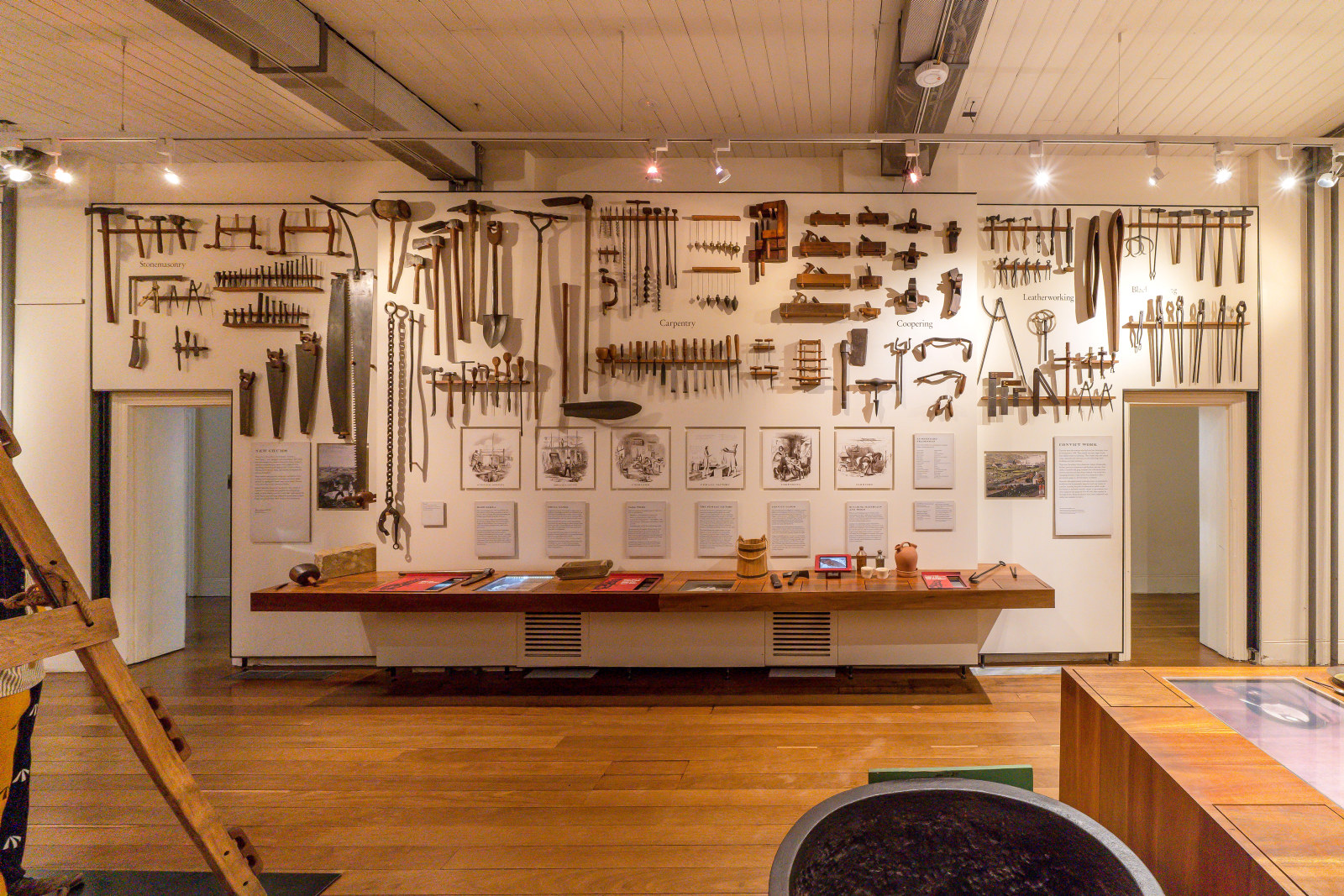
Convict Sydney
Objects
These convict-era objects and archaeological artefacts found at Hyde Park Barracks and The Mint (Rum Hospital) are among the rarest and most personal artefacts to have survived from Australia’s early convict period
